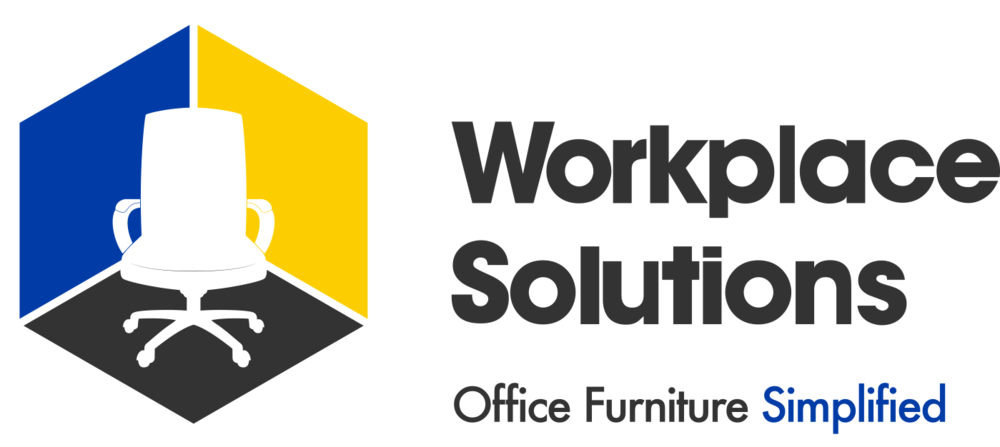The past few years have transformed our perception of work environments. Remote work has accustomed many to the comforts of home, including flexible schedules and personalized workspaces. However, as we gradually return to in-person collaboration, there's a growing appreciation for the benefits of outdoor office areas.
Research consistently highlights the positive impact of nature on mental health and productivity. Outdoor spaces offer a refreshing change of scenery, reducing stress levels and enhancing creativity. By integrating outdoor office areas into workspace design, we can create environments that inspire innovation and foster employee well-being.
Designing outdoor office areas requires careful consideration, particularly in furniture selection. Unlike traditional indoor furniture, outdoor pieces must withstand various weather conditions while providing comfort and functionality. Here are some key factors to consider:
Durability: Choose materials that can withstand exposure to sunlight, rain, and temperature fluctuations. Weather-resistant options like teak, aluminum, and polyethylene are ideal for outdoor furniture.
Comfort: Comfortable seating is crucial for prolonged productivity. Opt for ergonomic chairs with breathable fabrics and adjustable features to support proper posture and comfort during extended work hours.
Flexibility: Versatile furniture arrangements allow for different work setups and collaboration opportunities. Consider modular seating options and mobile workstations that can easily adapt to changing needs and preferences.
Aesthetics: Outdoor office furniture should complement the surrounding environment while reflecting your company's aesthetic and brand identity. Incorporate elements like greenery, vibrant colors, and contemporary designs to create an inviting atmosphere.
Technology Integration: Ensure that outdoor workspaces are equipped with essential amenities such as power outlets, Wi-Fi connectivity, and shade options to accommodate digital devices and varying weather conditions.
Beyond enhancing individual productivity, outdoor office areas also facilitate collaboration and social interaction among team members. Whether it's a casual brainstorming session or a team meeting in the open air, these spaces encourage spontaneous interactions and foster a sense of community.
Moreover, spending time outdoors has been shown to boost mood and overall well-being. By providing employees with access to outdoor workspaces, companies demonstrate a commitment to supporting their physical and mental health, ultimately leading to higher job satisfaction and retention rates.
As we embrace the gradual return to the office, let's seize the opportunity to redefine our workspaces to prioritize both safety and employee well-being. By integrating outdoor office areas into our workspace design and selecting furniture that combines durability, comfort, and aesthetics, we can create environments that inspire creativity, foster collaboration, and promote overall happiness and productivity.

